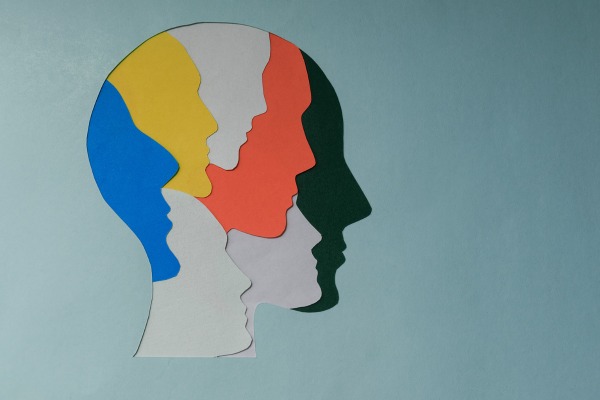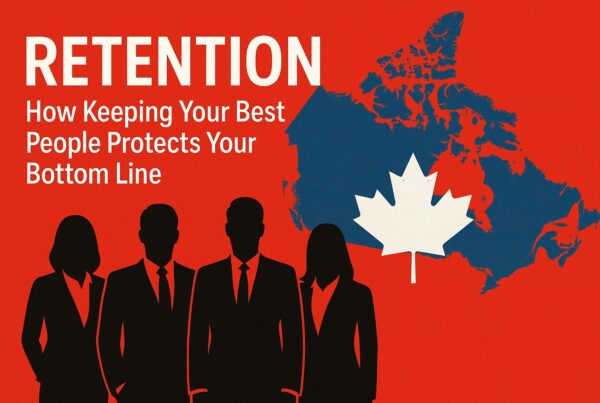The Ultimate Guide to the DISC Assessment and Behavioural Test
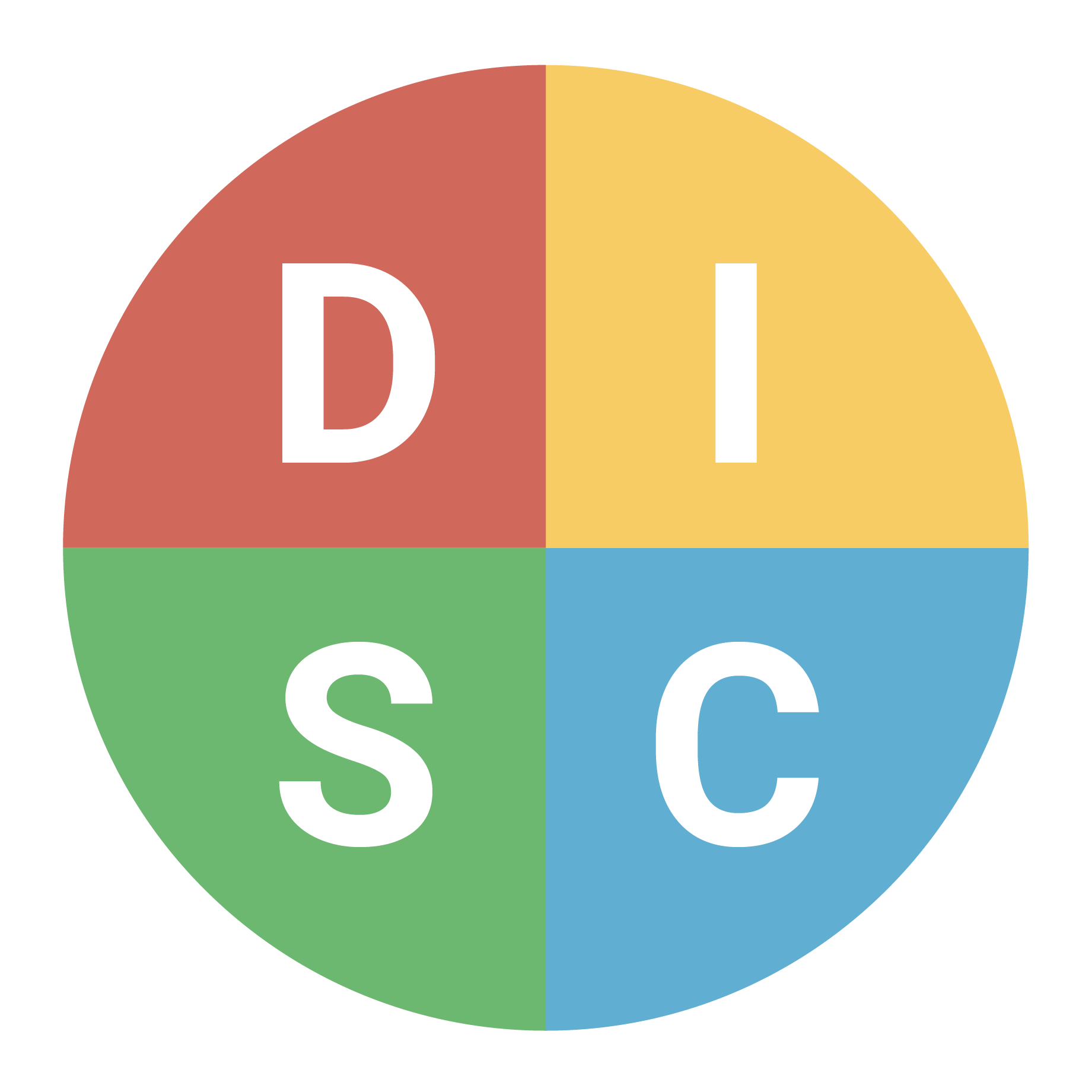
The DISC assessment is a behavioural test that provides insights into an individual’s work style, preferences and motivators. By understanding these areas, you can learn how to better manage or communicate with that person. The DISC test can also be used as a hiring tool to help identify which candidates will best fit a particular role.
While DISC is often described as a personality assessment, it is more accurate to describe it as a way of describing your behavioural preferences that form part of your observable personality. In this article, I use both terms.
What is the DISC Assessment?
The DISC assessment is based on the research of psychologist William Moulton Marston, who developed the original DISC theory in the 1920s. The theory posits four main types of behaviour: Dominance, Influence, Steadiness and Conscientiousness. These behaviours are represented by the acronym “DISC.”
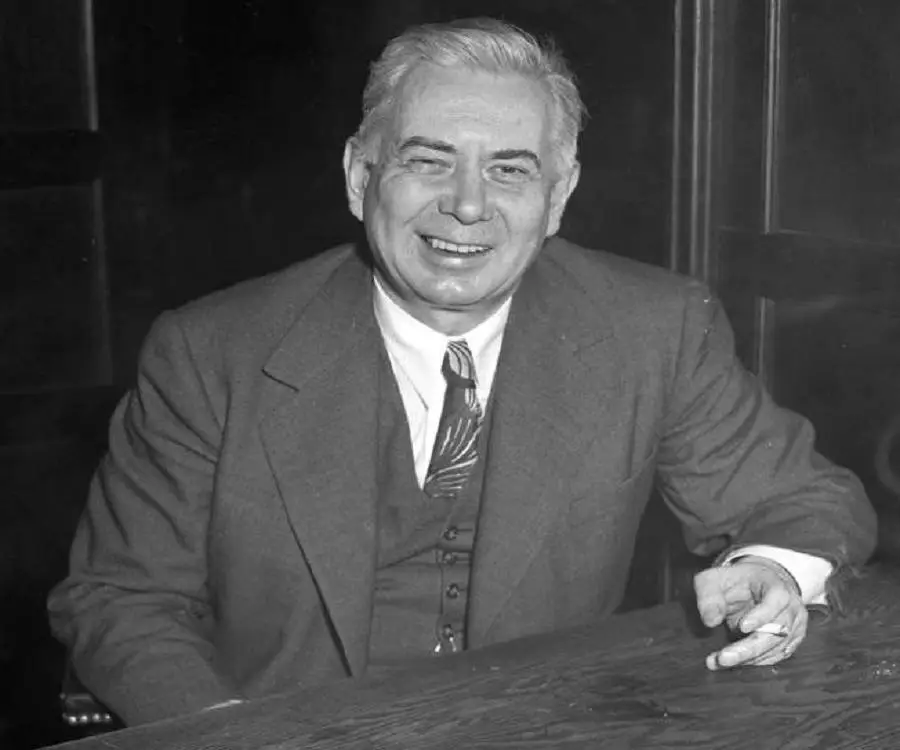
How Does the DISC Assessment Work?
The DISC assessment consists of 24 questions measuring individual preferences and tendencies across the four behavioural categories. There are no right or wrong answers; rather, the goal is to gain insights into how that person typically behaves in different situations.
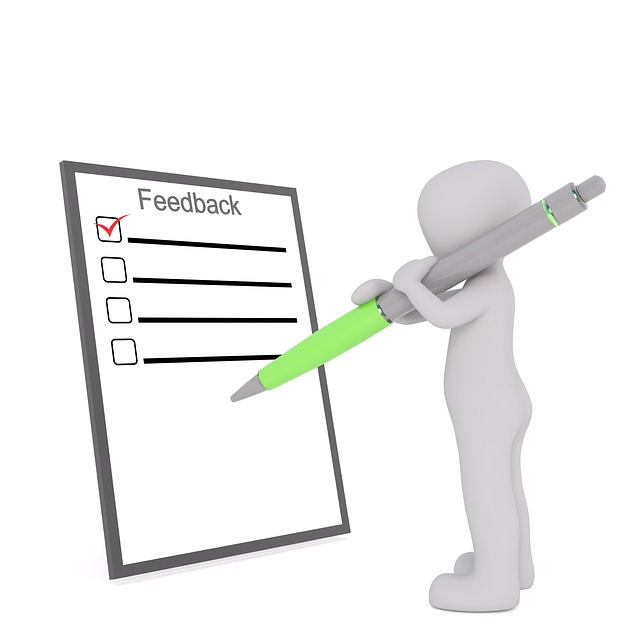
Once the assessment is complete, individuals receive a report that includes an analysis of their results. The report will identify which behavioural tendencies are strongest and weakest and offer suggestions for how those tendencies can be leveraged in various scenarios.
What Are the Benefits of Taking the DISC Assessment?
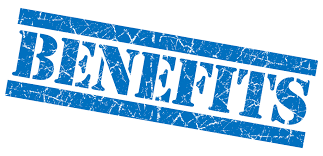
There are many benefits to taking the DISC assessment, both for individuals and businesses. Understanding their behaviour can help individuals avoid situations that may cause unnecessary stress or conflict. It can also help choose career paths or identify potential areas of improvement.
For businesses, the DISC assessment is a valuable tool that can benefit individuals and businesses alike. If you’re looking to gain insights into your behaviour or improve communication within your team, taking the DISC assessment is a great place to start! How will an understanding of DISC personality types help you succeed in business?
It’s important to understand the people you’re working with. And one of the best ways to do that is to understand the DISC personality types. DISC is a system that divides people into four different personality types: D-types, I-types, S-types, and C-types. Each type has its strengths and weaknesses; understanding those can help you better manage your team, communicate with your clients, and close more deals.
Our own assessment tool is facilitated by Assessments 24×7, and our coaches are certified in interpreting, coaching and delivering training on the DISC personality test, as well as other behavioural tests. To find out more, contact Joel Zimelstern or email joel@coachingsuccess.ca
What does a DISC profile tell you personally?
DISC profiles help you gain self-knowledge. You can gain insights into your behavioural styles, strengths, limitations and communication preferences. DISC profiles contain the following 4 basic traits of human behaviour that are unique to a single personality and combined with other personality traits.
The 4 Primary DISC types
D-personality types are driven, ambitious, and results-oriented. They’re natural leaders who are always looking for new challenges. D-types are also very confident and may come across as aggressive or pushy. However, their dedication and determination are often what get things done. If you’re working with a D-type, it’s important to be clear about your expectations and give them regular feedback on their progress.

I-personality types are outgoing, enthusiastic, and people-oriented. They’re natural salespeople who are always looking for new opportunities. I-types are also very optimistic and may come across as naive or gullible. However, their positive attitude is often contagious and can be instrumental in getting a project off the ground. If you’re working with an I-type, it’s important to let them take the lead and praise them for their accomplishments.

S-personality types are down-to-earth, practical, and process-oriented. They’re natural collaborators who always look for ways to improve efficiency. S-types are also very analytical and may come across as cold or unemotional. However, their attention to detail is often what prevents mistakes from being made. If you’re working with an S-type, it’s important to be patient and give them time to digest all the information before making a decision.

C-personality types are independent, strategic, and task-oriented. They’re natural problem solvers who always look for ways to optimize performance. C-types are also very independent and may come across as aloof or uninterested. However, their ability to see the big picture often helps a team succeed. If you’re working with a C-type, it’s important to be clear about your goals and give them space to work independently.
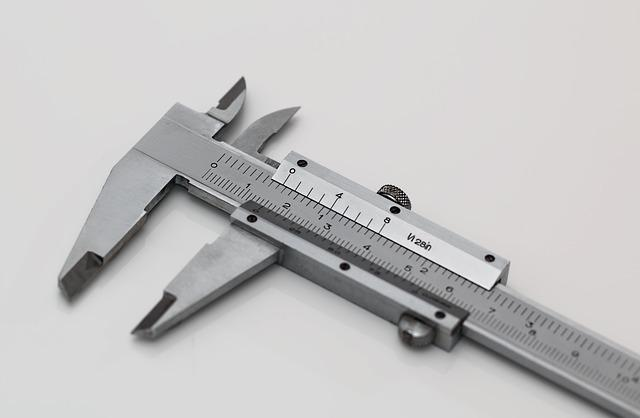
The DISC Combinations
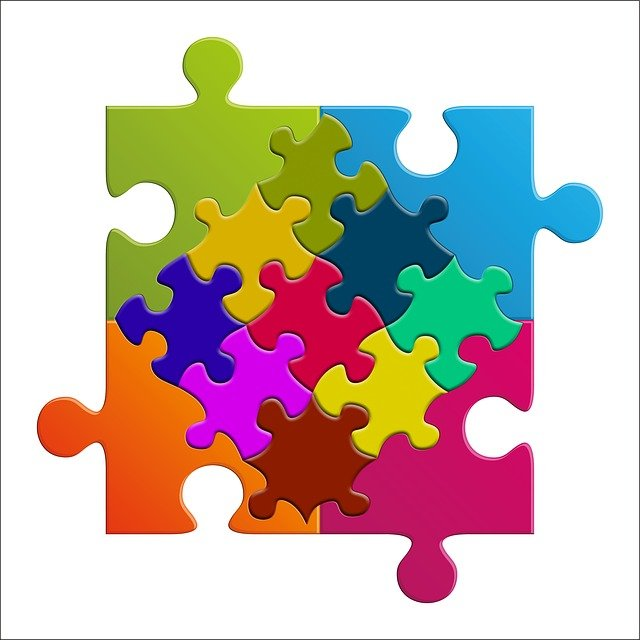
While there are several different personalities, DISC has 12 known combinations. All styles have individual qualities which make up the DISC personality types that many companies use today to understand better themselves and those they work with. It shows the dominant styles followed by the second important area. These 12 results show CEOs, entrepreneurs, and business owners how understanding DISC personality types can help them succeed in business by managing their teams more effectively, communicating with clients more efficiently, and closing more deals overall. Understanding these different types can bring success in any business field!
Combined with the 4 main characteristics, it extends DISC assessments to a total of 12 distinctions. All styles have individual qualities. DISC consists mainly of a few different types. It shows the dominant styles followed by the second important area. These combinations are summarised below.
CD: Conscientious and dominance
These people need to have a strong sense of direction and rely on rules, organizational protocols or policies. They are the ones who will seek out established structures for guidance because they do not want their goals blocked by any unnecessary obstacles in place at that time.
ID: Influence and dominance
Those high in this area enjoy talking with people and trying to make everything exciting. They value the energy, so they focus on keeping the atmosphere lively when communicating; however, those with low excitement may communicate more simply by being task-focused or straightforward about what needs to be done instead of focusing too much time on making things sound good for everyone else involved.
IS: Influence and steadiness
Those high in this area will likely be dynamic, lively and spirited when interacting with others. They might also want to ensure that their actions reflect thoughtfulness so they’ll move steadily through all interactions without hesitation or confusion about what needs to be done next. This can lead them into more conversations than individuals who don’t share these qualities.
SC: Steadiness and conscientiousness
Individuals high in this area will likely follow through with their commitments and tasks no matter what the team decides. They may also have a determined approach to working towards goals, even if it goes against rules or protocol for that particular situation; individuals low on The Supportiveness scale might push back when they disagree about something related to work but still want more clarity before making any hasty decisions.
CS: Conscientious and steadiness
Individuals high in this area will likely desire to operate a “fail-safe” environment supported by accurate data and thorough preparation; individuals low maintain steady-paced progress and strong support for the team’s overall direction.
SI: Steadiness and influence
Those who display high levels of empathy have an easy-going, carefree and energetic manner with others. Those low on the empathy scale will likely be more reserved when interacting because they emphasize every word chosen as it could lead to change within themselves or someone else, which might not always seem desirable at first glance but can prove helpful in future paths taken by these people in life if used correctly!
DC: Dominance and conscientiousness
The difference between individuals high in this area and those who are low can be seen as having a “get stuff done” attitude. They’re not afraid to take risks or challenge traditional ways of doing things. Still, at the same time, they know how important it is for everything they do to be according to the protocol, so there aren’t any eyebrows raised when someone else comes into play later on down below!
DI: Dominance and Influence
There are a few key differences between people high and low on this scale. Those who score highly will likely be more direct, authoritative speakers. At the same time, those who fall short of the norm may use softer language to engage their listener or suggest how they might better communicate with you.
How to use DISC when building a team in your business?
If you want to build a strong team in your business, you need to start with the right foundation. That foundation begins with using the DISC assessment tool. DISC is a simple yet effective way to help you understand people’s behaviour. With that knowledge, you can build a team of complementary personalities.
By understanding where each individual falls on the spectrum for each category, you can gain insight into their strengths, weaknesses, and motivations. This information can be invaluable for building a strong and effective team when used correctly.
For example, let’s say you have two employees who fall into the “dominance” category. While they sometimes butt heads with each other, their competitive nature can also be leveraged to create a healthy and productive environment. On the other hand, two very conscientious employees may struggle to take the initiative or drive results. In this case, it may be helpful to bring in someone with a more dominant personality to help balance things out.

The goal is to create a team of individuals who complement each other’s strengths and weaknesses. Using the DISC assessment tool, you can gain valuable insights into people’s behaviour which will put you one step closer to building the ideal team for your business.
Because DISC is an assessment of behaviours, knowing the behaviours best suited to a particular role should help you hire and manage the team so that they perform to their strengths.
In summary, identifying and knowing someone’s DISC profile can assist you throughout your operations, including sales, customer service, team building, leadership, and management. It will help to understand the communication styles, motivation, and learning preferences of your team members and even your customers.
How can I determine someone’s DISC profile without doing a formal assessment?
As mentioned, DISC is about behaviours which are by definition, observable. So it is possible to assess someone’s DISC profile, although this won’t be as accurate as a detailed assessment. So what should you pay attention to?

First, you should pay attention to the language and actions. Ask yourself if they are DIRECT & FAST-PACED or INDIRECT/SLOWER-PACED in their communications. Then, are they GUARDED/TASK-ORIENTED or OPEN/PEOPLE-ORIENTED in their communications?
D-type profiles tend to be Direct & Guarded and Fast Paced & Task Orientated
I-type profiles tend to be Direct & Open and Fast Paced & People Orientated
S-type profiles tend to be InDirect & Open and Slow Paced & People Orientated
C-type profiles tend to be InDirect & Guarded and Slow Paced & Task Orientated
Like any tool, you must use it to derive any benefit. Knowing your own style, that of your team and all those you interact with is only valuable if you use it as a tool to better communicate and support you with your intentions. As such, It is essential to be able and observant enough in our interactions with others to determine their style. If a person shifts, it’s also necessary for us because if they are operating within an unfamiliar way of interacting, then what was expected from them may not work anymore.
Frequently Asked Questions
What does DISC measure?
DISC is a tool that measures your underlying emotions, needs and fears. The primary concerns driving all behaviour include what you’re trying to avoid or get away from! This information will allow us an insight into who exactly is by revealing our behavioural styles through self-selected responses made during initial user interaction with DISC’s platform.
I’m going out on a limb here, but I think everyone would agree it can’t hurt, right?
Why don’t all Ds (or Is, Ss, or Cs) act/communicate the same way?
The world is diverse, and we all have different biases, preferences, motivations/values that shape how we behave. DISC comes from both nature (genetics) and nurture(growing up in an environment). In the same way, you can’t get one type of hair or ice cream flavour exactly like another person; people will always act differently depending on their experiences throughout life – just look at someone with red hair!
We need to understand ourselves so our intelligence levels are not underrated by others who may think they’re smarter than us because there might be some truth behind these thoughts after all.
Would the report be different if I took the DISC in a different role?
The assessment accurately portrays who you are in your current, adapted style. It is important to focus on a single role when taking the assessment so that the results are not skewed.
What do I do if I think mine is inaccurate?
You should always ask someone who knows you well what they see so that their opinion can help fill in any gaps or identify your blind spots.
If you take the DISC Assessment during different periods of your life, will the results be the same?
Do you still have the same attitudes, beliefs, and values as when you were younger? Have your lifestyle choices changed how you think about things? The DISC personality profile is a picture of how you see yourself while performing an activity, concentrating on it, and working in the environment in which you are doing so. As you think, so you are. The decisions you make or may not make influence your behaviour, and you have the option to modify it. On the other hand, your natural inclinations are more likely to be constant.
Why is there a difference between my Natural and Adaptive Styles
The Natural and Adaptive Styles are two different measures of your behaviours. The Natural Style is based on how a person naturally behaves, while the Adaptive Style is based on how they adapt their behaviour to fit the situation. The adapted style is observed as assessments are typically taken in a particular context. However, under stress, the person will revert to their Natural Style, which is a better measure of a person’s true behaviour, i.e. their safe place!
How accurate would it be to use a DISC report compared to an ideal DISC for job selection? Can I use it for hiring and selection?
At best, only 20% of the job assessment should be based on DISC, and it should never be used as a single selection tool. In combination with other assessments, interviews, and recommendations regarding where someone might fit on a team, DISC may provide additional evidence or directions for where they may fit in.
How does Myers Brigg Type Indicator (MBTI) compare to DISC?
DISC and MBTI are two different assessments. DISC measures observable behaviour, while MBTI measures how people perceive the world and make decisions. MBTI is based on the theory that there are four psychological preferences: introversion or extraversion, sensing or intuition, thinking or feeling, judging or perceiving. DISC measures the energy someone puts into dominating problems, influencing people, steadying the environment, and complying with rules and details.
DISC helps people learn to understand the communication style of others. MBTI, on the other hand, only helps people understand themselves.
Which style is the best?
Your style mix is the best! All styles have different strengths and challenges.
How old is DISC?
In the 1920s, Freud and Jung studied human behaviour in their new field of study. One man who made important contributions to this research was Dr. William Moulton-Marston; he developed four types that are similar but different by degree – D (dominance), I(inducing), S Submissiveness, and C Compliance. He taught DISC literacy which helps people understand how they can tell others’ stories better through observable clues while also motivating them more so than any other style out there today because it goes deeper into what drives someone’s actions or responses.
Walter Clarke first created the DISC assessment in 1956. The model has been updated and modified over time, with varying degrees of validity, to match changing needs of businesses worldwide who want an accurate way to describe their personality type so they can better understand themselves and others.
Our own assessment tool is facilitated by Assessments 24×7, and our coaches are certified in interpreting, coaching and delivering training on the DISC personality test, as well as other behavioural tests. To find out more, contact Joel Zimelstern or email joel@coachingsuccess.ca
